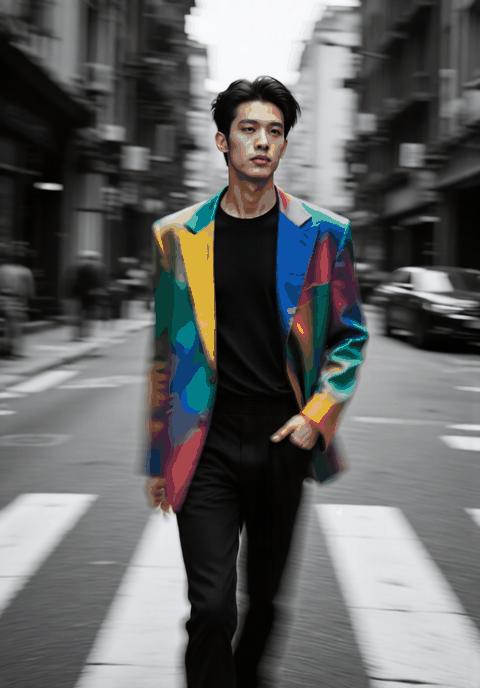From Human to Mecha: A Deep Dive into the WAN2.1 Video Model Workflow
1. Workflow Overview

This "Mecha Transformation" workflow uses WAN2.1 video model to dynamically convert portraits into armored warrior videos. Key features:
Background preservation
Smooth human-to-mecha morphing
720P output (16FPS)
2. Core Models
Main Model: FP8-optimized
Wan2_1-I2V-14BLoRA:
WAN2.1 Mecha Transform(specialized)Video VAE: FP32 precision decoder
3. Key Nodes
Node | Function | Installation |
|---|---|---|
WanVideoTextEncode | Multilingual prompt processing |
|
WanVideoSLG | Semantic-Latent Guidance | Built-in |
Dependencies:
Text encoder
umt5-xxl-enc-bf16CLIP vision model
open-clip-xlm-roberta
4. Pipeline Stages
Stage 1: Initialization
Load WAN2.1 model trio
Inject mecha LoRA at 1.0 strength
Stage 2: Motion Control
Positive prompt: "woman wears mecha suit"
Negative prompt filters artifacts
Stage 3: Rendering
dpm++sampler (20 steps)Temporal consistency with
TeaCache
5. I/O Specification
Inputs:
Portrait image (e.g., 1024x1440 PNG)
Fixed seed
884841285240243
Output:
720P video with CRF19 compression
6. Critical Notes
⚠️ Requirements:
16GB+ VRAM (FP8 optimized)
CUDA 12.1+ recommended
🔧 Pro Tips:
Adjust
SLG scale(0.1-1.0) for morphing intensityEnable
sageattnin model loader for speed boost